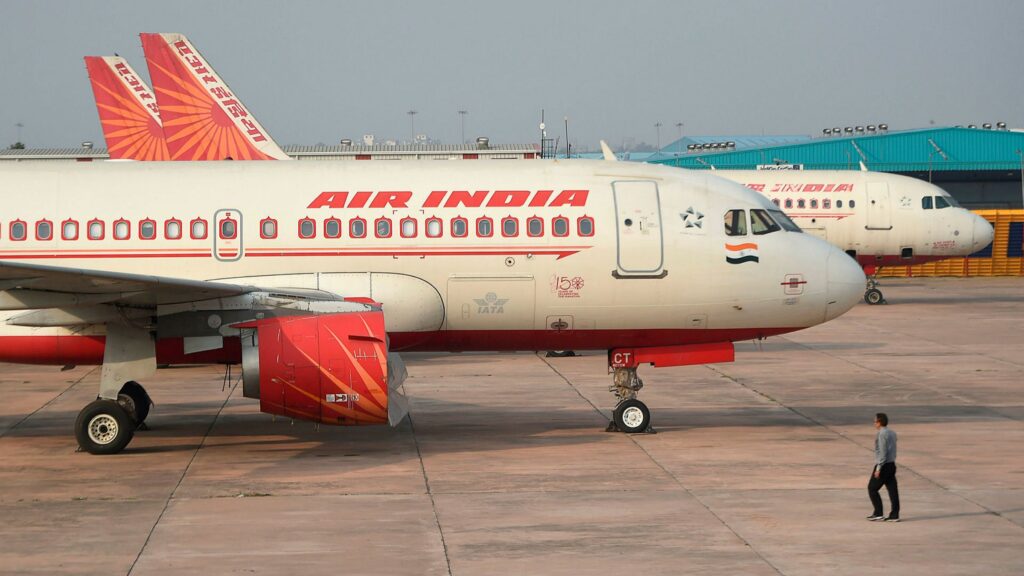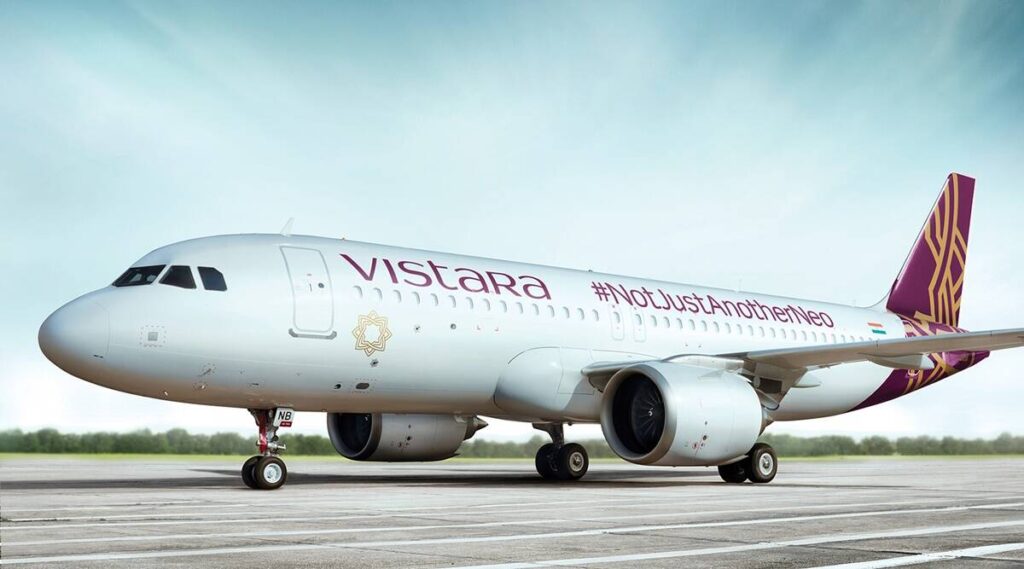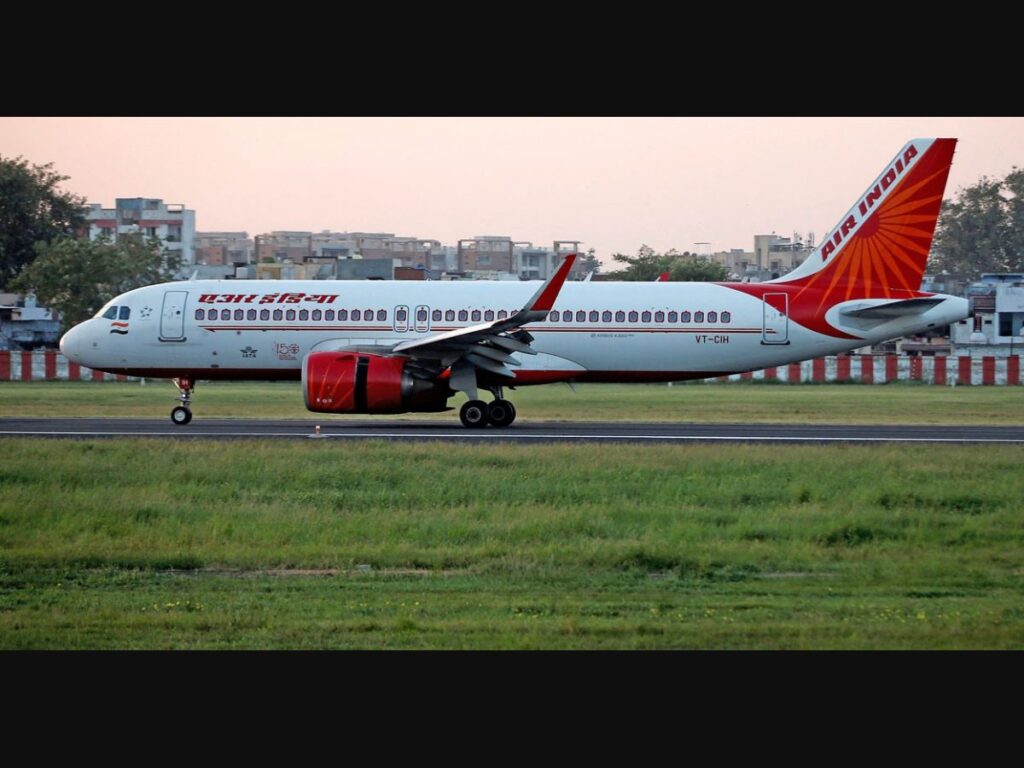Indian conglomerate resolved to defy critics of the agreement and turn the round struggling airline After eight years of late salary payments and months of coronavirus pandemic salary cuts, Air India pilot Ritesh is daring to expect that he will finally be paid on time once India’s powerful conglomerate Tata Sons takes control of the airline.
“It’s been years since we have seen timely payment,” told Ritesh, a second-generation Air India pilot who requested to operate a pseudonym.
Ratan Tata and India’s Prime Minister Narendra Modi

“We are hoping that when the Tatas take over, things will be streamlined.” Ritesh is one of Air India’s 13,500 workers currently employed by Tata Sons after New Delhi gave over the airline in January.
The agreement fulfilled longtime dreams of both Tata chair emeritus Ratan Tata and India’s Prime Minister Narendra Modi. India had tried and failed to privatize Air India for two decades, while Tata wanted to reclaim the airline his ancestor J R D Tata established in 1932 before the Nehru government nationalized it in 1953.
Now, the hard work to reform an airline bleeding $2.4mn a day begins. Air India is operating on a fleet of aging Airbus and Boeing aircraft, the company culture is criticized as bureaucratic and it has been extracted into legal battles near the world.
“Air India seems a bit like a black hole, an endless drain on resources,” told Coomi Kapoor, author of The Tatas, Freddie Mercury & Other Bawas: An Intimate History of the Parsees.
The Tatas have conceded that turning around the carrier will be challenging. “Admittedly it will take considerable action to rebuild Air India,” Ratan Tata wrote on Twitter after the conglomerate’s bid was taken in October.
- From the spectacular collapse of Kingfisher Airlines 10 years ago to the grounding of Jet Airways in 2019, India’s fast-growing aviation sector has been defined by booms and busts. But for all its issues, taking over Air India creates strategic sense for the conglomerate, told,, analysts.
Tata approximately 23 percent of
The deal is set to give Tata approximately 23 percent of the market share in India, consolidating its presence in a fiercely competitive field with rock-bottom fares. “Tata-owned Air India will require three to five years for a structural turnaround,” told Kapil Kaul, chief executive of Capa India, an aviation advisory and research group.
“The first 12 to 18 months are critical to stabilize Air India and institutionalize strategic changes.” The conglomerate is taking on less risk than it appears. Tata’s bid put debt-laden Air India at an enterprise value of $2.4bn. A government holding company retained almost $2bn worth of Air India’s land and buildings, as well as three-quarters of its enormous $8.2bn debt pile, according to local press information.
That clears Tata of spending most of the interest on Air India’s debt. Tata only had to front $375mn in cash, told Neha Singh, a lawyer specializing in aviation who advised on the Air India government disinvestment. The conglomerate also had the advantage of taking out low-interest loans from the state-owned banks backing Air India.
Tata was able to secure loans easily, told Singh, adding: “It seems they have lender confidence and should be able to borrow at a extremely competitive rate from state-owned banks.”
Air India adds capacity to Tata’s 51 percent stake in full-service airline Vistara and its 84 percent stake in budget carrier AirAsia. All three are unprofitable. Tata can grow using Air India’s 900 valuable landing slots at airports around the world and 6,200 slots in India, said Jitendra Bhargava, a former Air India executive director. “Let’s say the Tatas had not taken over Air India.
How long will it take for Vistara to grow to such a scale [organically]?

To take slots at Heathrow airport is not easy.” Merging Tata’s airlines with Air India is the following step, told experts. “It appears obvious that they would consider consolidating some of their brands to acquire scale efficiencies,” told Adrian Schofield, an editor for New York-based Aviation Week.
“The most likely way to do that would be to connect the low-cost carriers of Air India Express owned by Air India and AirAsia India.” Along with heavy investments in aircraft upgrades, the turnround will have to start with the airline’s culture, according to Bhargava. “The government culture is unproductive and inefficient,” told Bhargava. “The Tatas will have to [first] invest money in re-engineering work practices.”
Also, read
- Plane crash: Pilot refuses the charge of causing ‘loss of Rs 85 crore’ to government
- Delhi airport’s new terminal 1 for domestic arrivals, section may start in a week
- AirCar Certified to Fly! – CAA issues Certificate of Airworthiness
Tata agreed to keep on all Air India staff
Some reforms are underway. As part of the handover, Tata agreed to keep on all Air India staff, but only for a year, which Bhargava said should provide an incentive to employees to perform. Employees who live in Air India accommodation, typical for government workers, have been told to move out. Unions continue to threaten industrial action overpay.

- Many hope Tata can revive the airline’s lost glamour. One former cabin crew member, who worked at the airline when it was run by J R D Tata, told it was his personal touch that set Air India apart.
“The reason the airline was so good was Mr.. Tata. People knew he was very particular about everything, he was the one who set standards,” she told, remembering that he selected the French wine served on board. Ritesh, the pilot, tells he would also welcome the Tata touch to restore the airline to its former glory. Even he admits: “Right now, we’re not very satisfied with the in-flight service.”
Thank you
Stay updated with Aviationa2z.com
